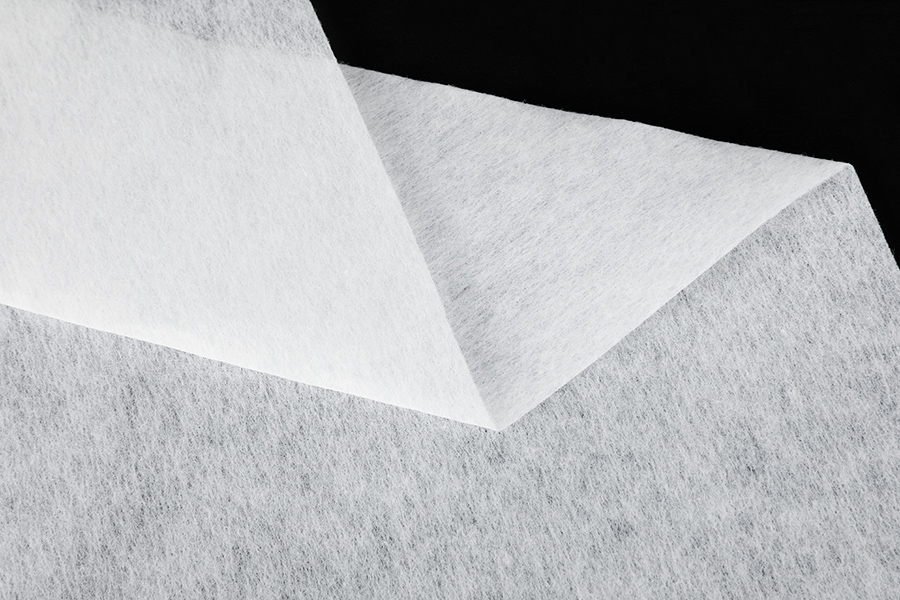The performance of
hot air non-woven fabric under different temperature conditions can vary based on the specific materials used in its composition and the intended applications. Here are general considerations regarding the performance of hot air non-woven fabric in varying temperature environments:
Temperature Resistance:
Hot air non-woven fabric is generally designed to withstand elevated temperatures. It often exhibits good temperature resistance, making it suitable for applications where exposure to heat is expected.
Melting Point:
The melting point of the materials used in hot air non-woven fabric plays a crucial role in determining its performance under high temperatures. Understanding the melting point is essential to avoid deformation or damage when exposed to heat.
Heat Insulation:
Some hot air non-woven fabrics may provide heat insulation properties, making them suitable for applications where temperature control is important. This characteristic is particularly relevant in industries like insulation and protective clothing.
Thermal Stability:
The thermal stability of hot air non-woven fabric influences its ability to maintain structural integrity and functionality under prolonged exposure to high temperatures.
Applications in High-Temperature Environments:
Hot air non-woven fabric is often used in applications such as automotive components, protective clothing, and insulation materials, where exposure to elevated temperatures is common. Its performance in these applications is critical for ensuring safety and durability.
Potential Limitations:
While hot air non-woven fabric may offer good temperature resistance, there may be limits to its performance under extreme heat conditions. Understanding these limitations is essential for selecting the appropriate material for specific applications.
Thermal Conductivity:
Consideration of the thermal conductivity of hot air non-woven fabric is important. Some applications may require materials with low thermal conductivity to provide effective insulation against heat.
Flexibility and Dimensional Stability:
How hot air non-woven fabric maintains flexibility and dimensional stability at different temperatures is crucial. Some materials may become brittle or lose flexibility at low temperatures, while others may experience deformation or softening at high temperatures.
